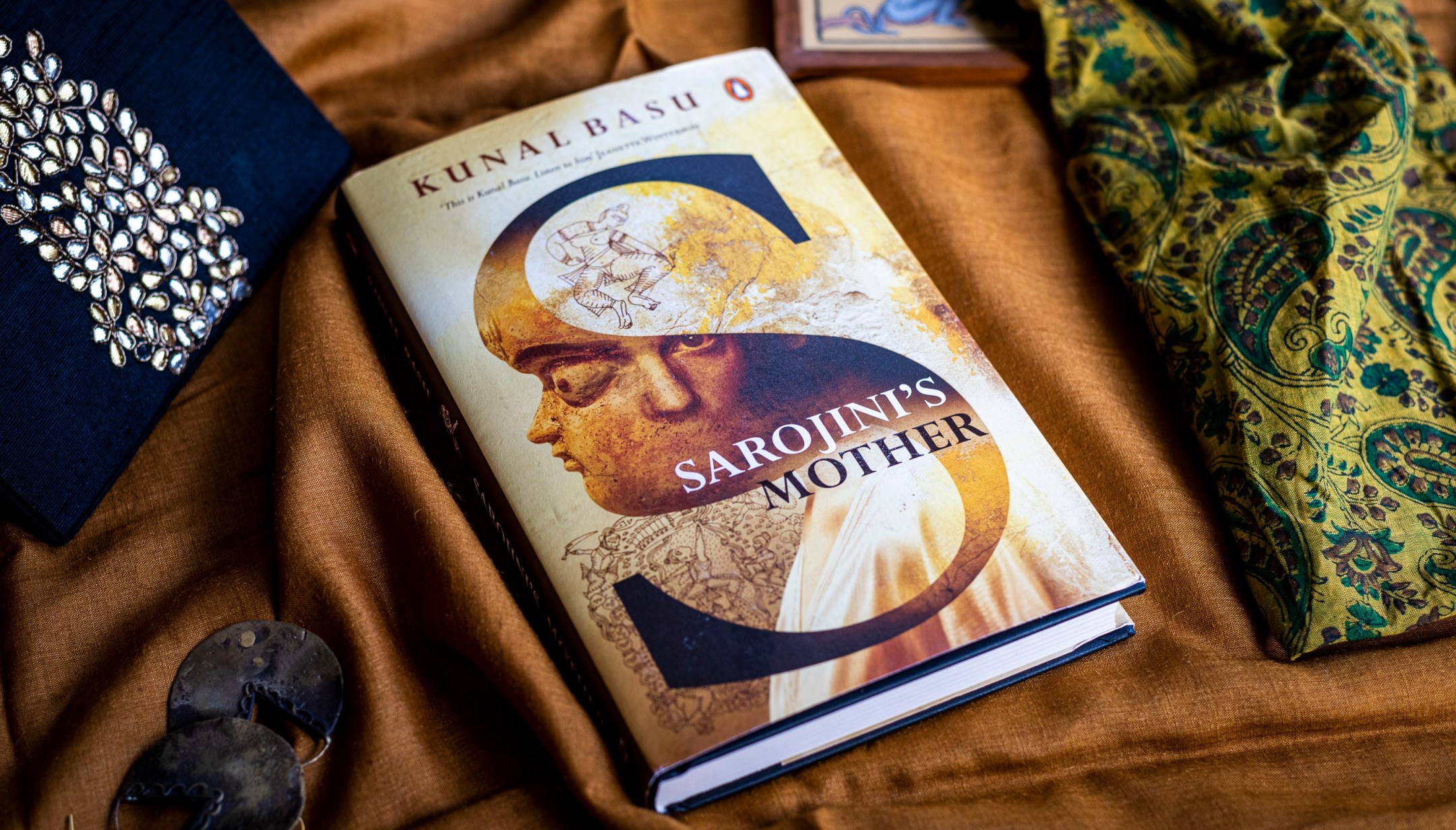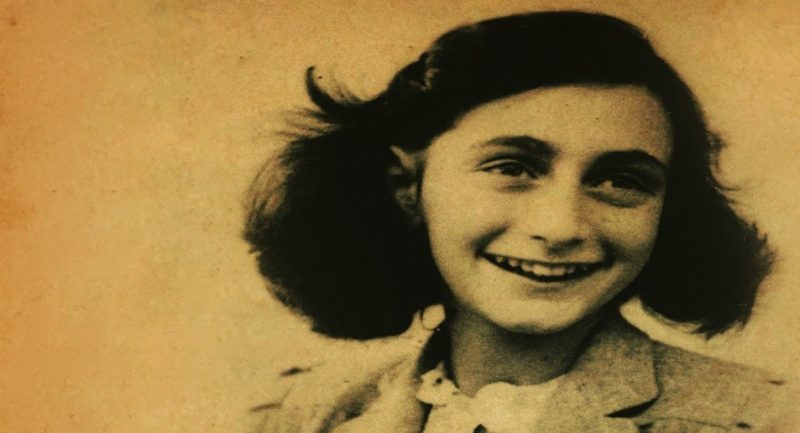
Sarojini-Saz-Campbell comes to India to search for her biological mother. Adopted and taken to England at an early age, she has a degree from Cambridge and a mathematician’s brain adept in solving puzzles. Handicapped by a missing shoebox that held her birth papers and the death of her English mother, she has few leads to carry out her mission and scant knowledge of Calcutta, her birthplace.
In Sarojini’s Mother, Kunal Basu takes us to Calcutta and offers a window into the city we love. Below are some of the highlights of Calcutta from her book.
Rex; the tourist trap
“Like most tourist traps that flaunted names like Copacabana or Casino Royale, its daytime business thrived on fruit juice and Western food easy on the stomach. Like chilli-less omelette and salads washed thoroughly in bottled water. At night on Thursdays, which was a dry day in the city, the owner would slip you a joint or a bottle of rum.”
The Calcutta Tram
“My foreign friends love the tram. It reminds them of the nineteenth century. Astride the rickety chairs smelling of stale urine, they can imagine black-and-white photos of horses chugging along the rolling stock, sahibs in top hats and half-naked natives.The Calcutta trams the oldest in Asia, I tell them, older than Shanghai’s. Like an old man, it totters along, unable to keep up with cyclists and walkers. In return for slowness, it offers a welcome respite from the crowds.”
Afternoons, on the street outside the Rex
“With the morning gone, now afternoon prayers had shops shutting down and the crowd had thinned. Siesta time in force, fewer rickshaws plied the streets and travelling salesmen had set down their wares to take a well-deserved rest. The trees were the ones to rise to the occasion, cooling everyone with fanning boughs that ferried the smell of rice and assorted meals cooked by the eateries to feed the hungry. With the fight over leftovers won, dogs had settled down under shadows, gawked at with envy by a caucus of crows.”
Similar afternoons in the slum
“The slum was quiet in the afternoon, the dwellers dozing after the morning’s hard work. Street dogs, normally defensive of territory, gave us free passage. The sound of radio drama came from the huts, and the occasional whimper of a hungry child.”
A lovers’ haunt; The Planetarium
“‘Why is this place so popular with lovers?’ Saz whispered as we settled down. ‘Because it’s dark here and they can do whatever they like.’ I thought I should tell her the truth. ‘Without a place of their own, it’s hard for couples to be intimate. Here nobody minds them. The guards turn a blind eye to the hanky-panky.’”
The Museum that makes you feel like you are in London
“You feel you are in London, not Calcutta, as soon as you walk into the National Museum. Once called the Imperial Museum, it was the nation’s oldest and largest. Villagers, who thronged there on holidays, called it Jaadughar—the House of Enchantments. I took Saz to the museum to bring up a delicate matter.”
The Special Exhibit of the Egyptian Mummy at the Museum
“‘Why bring a mummy over from Egypt to Calcutta?’ Saz sounded genuinely surprised. The reason wasn’t clear to me, but it could’ve had something to do with the Brith moving their possessions around like a rich man moves a vase from the hallway to the parlour. Because of its eerie reputation, the mummy room was the quietest spot in the museum, perfect to raise the delicate matter with Saz.”
Calcutta Racecourse; Close cousin of England’s Ascot.
“The grandstand, which was the gallery for commoners, was already at bursting point, tea stalls busy and toilets frantic. Dignitaries arrived amidst great commotion at the members’ stand, flaunting vintage cars with shining brass fittings…Our Calcutta racecourse was a close cousin of England’s Ascot, but the super jackpot days were rough, Suleiman had told me. The smell of money attracted quite a lot of riff-raff, and the cash counters needed extra protection.”
A Hotel in a neighbourhood that fits even guidebook’s description
“Squeezed between a barber’s salon and a travel agent, [the Peace Hotel] was easy to miss in a neighbourhood that fitted every guidebook’s description of Calcutta, being the perfect location for noise and dust, impossible crowds and bullish traffic. Set against the imposing backdrop of the National Museum, it flaunted jam-packed alleys dealing in trinkets by day and drugs by night.”
——————————————————————————————————————————
Read Sarojini’s Mother for more of Calcutta and find out if the verdict of science will settle the puzzle of motherhood for Sarojini.








